Showing 49–60 of 137 results
-
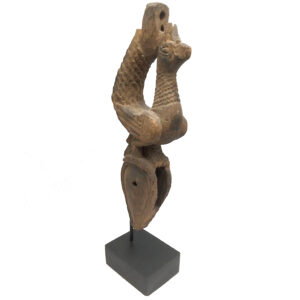
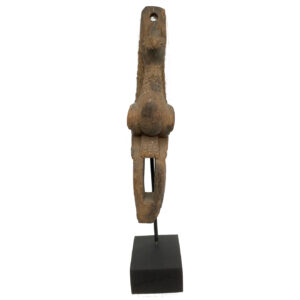
$245.00
Burmese carvings are known for fine craftsmanship, masterful decoration, and functional items including carved heddle pulleys used in strip-weaving. In pairs at the top of the loom, heddles are functional and aesthetic and usually were decorated with auspicious images symbolizing figures or animals protecting the weaver and assured good quality weaving that pleased the gods…
-

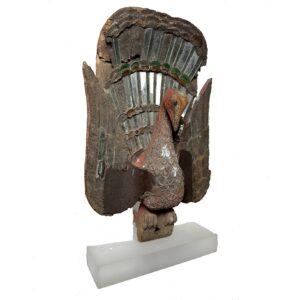
$725.00
The peacock is very significant in Buddhism, especially the Theravada Buddhism practiced in Burma. It is one of 108 images on the Buddha’s footprint and reflects the short-lived nature of all things, since it appears and vanishes as swiftly as it displays and furls its tail. It is believed that peacocks can eat poisonous plants…
-
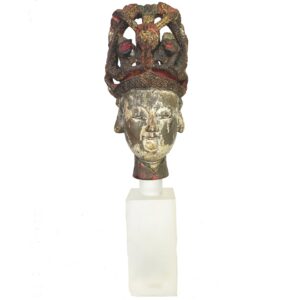
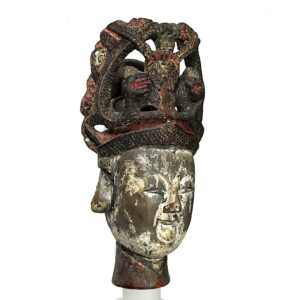
$950.00
Chinese puppets historically played a large role in entertaining the general public and in educating rural illiterate populations especially about the role and importance of deities such as the Queen-Mother of the West Xiwangmu. This puppet’s headdress blends influences associated with the long history of the Queen Mother who evolved as a significant goddess from…
-
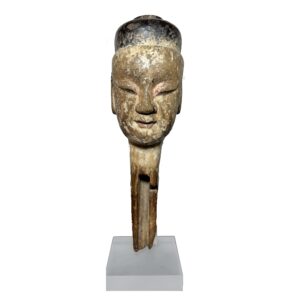
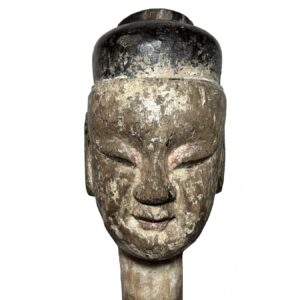
$495.00
Puppet theatre has traditionally assumed a major role in Chinese religious rituals and honoring major life and historical events. Local productions with beautifully carved puppets, music, drama and costumes instilled societal and cultural values as well as providing entertainment to audiences of all ages and educating provincial ones. This head has a typical tapering shaft…
-
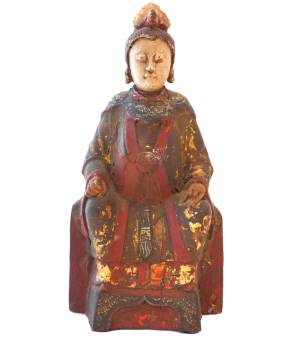
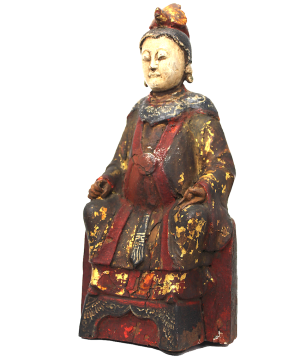
$585.00
The Queen Mother of the West is one of the most significant of the female Taoist-deities and as a syncretic deity, has a huge Popular Religion and Buddhist cult following. She is one of the Great Chinese Goddesses and patron deity of women who controls life and death, creation and destruction and determines the life…
-
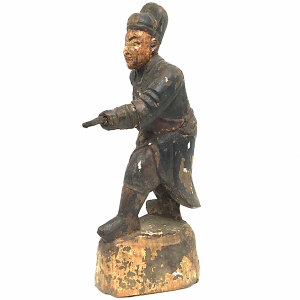
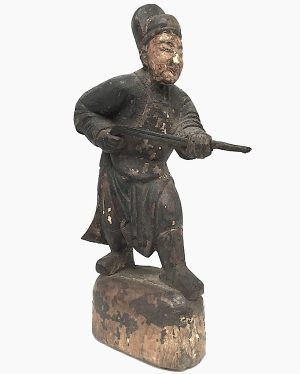
$315.00
The Keith Stevens’ article “An Unusual and Extraordinary Ancestral Image” describes a similar figure of a huntsman with a weapon, a flintlock gun, which he stated was the only ancestral image in his vast collection which “depicts the calling of the deceased.” (Stevens, Journal of Hong Kong) His piece was from Hunan, South Central China,…
-
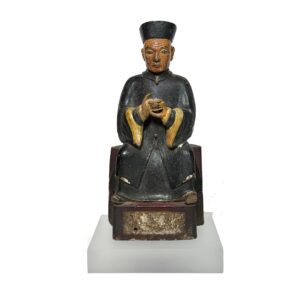

$675.00
Taoist carvings were often placed on home altars along with ancestor images, house-gods and religious figures to bring propitious blessings (fu) to the household. Commissioning and honoring ancestral figures and officials were an important part of filial piety, a cornerstone of ancestor worship and a main tenet of Confucianism. Since Taoists were represented in many…
-
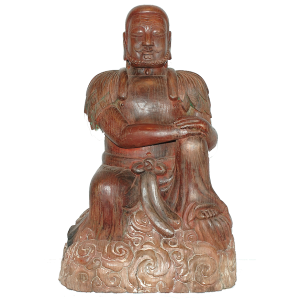
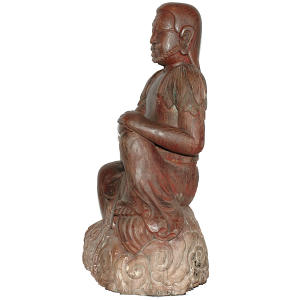
$4,600.00
This fine and rare kneeling image is Shen Nong (Shennong (神農), “Divine Farmer” or “Divine Husbandman”), one of most revered cultural heroes in Chinese mythology. Born in the 28th century BCE, he is the Founder of Natural Medicine, the 2nd of the Three Emperors of the Celestial Ministry of Health. A syncretic deity in both…
-
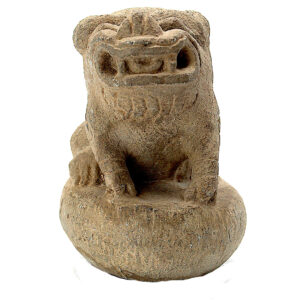
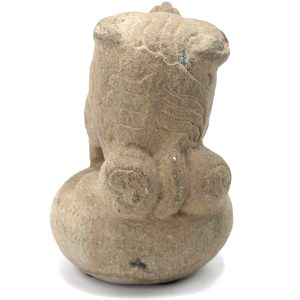
$195.00
Chinese stone weights have been used for millennia as measurement that were standardized with each dynasty. There were also local applications as a non-standardized weight, securing a picnic cloth, keeping a scholar’s calligraphy paper immobile and as a garden accessory. These antique Chinese stone carvings were often auspicious shapes like animals, fruit, and vegetation. During…
-
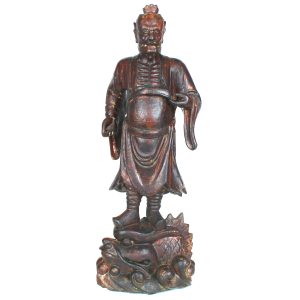
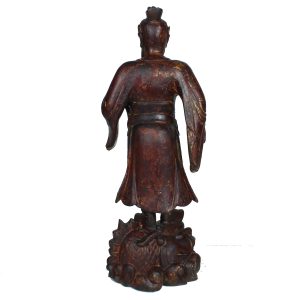
$795.00
Initially linked to the Big Dipper in Chinese mythology, Wen Chang is worshipped in the 3rd and 8th months as the God of several spheres: Literature, Books and Writing, Education, Learning and Examinations and is the patron saint of scholars. As one of the revered Taoist-deities, hero and one of the house-gods closely associated with…
-


$450.00
Likely a Taoist official, this carving holds a cup holding an elixir that reputedly would confer to those commissioning the image it a long and healthful life. Discovering elixirs of life that might confer immortality was a motivating belief in Taoism and during Ming and Qing dynasties small images of Taoist officials and priests often…
-
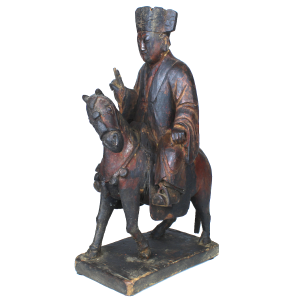
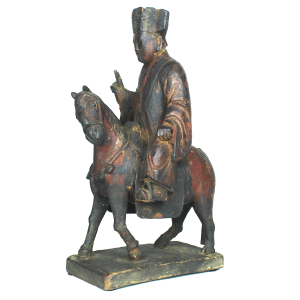
$795.00
This fine antique Chinese wood carving was likely placed in a clan shrine or home altar with other religious images, ancestor figures or folk heroes reflecting the Chinese syncretic tradition that adhered to multiple spiritual and belief systems. Although it is difficult to identify specific figures, this image is likely a Taoist priest in officials…
End of content
End of content






















